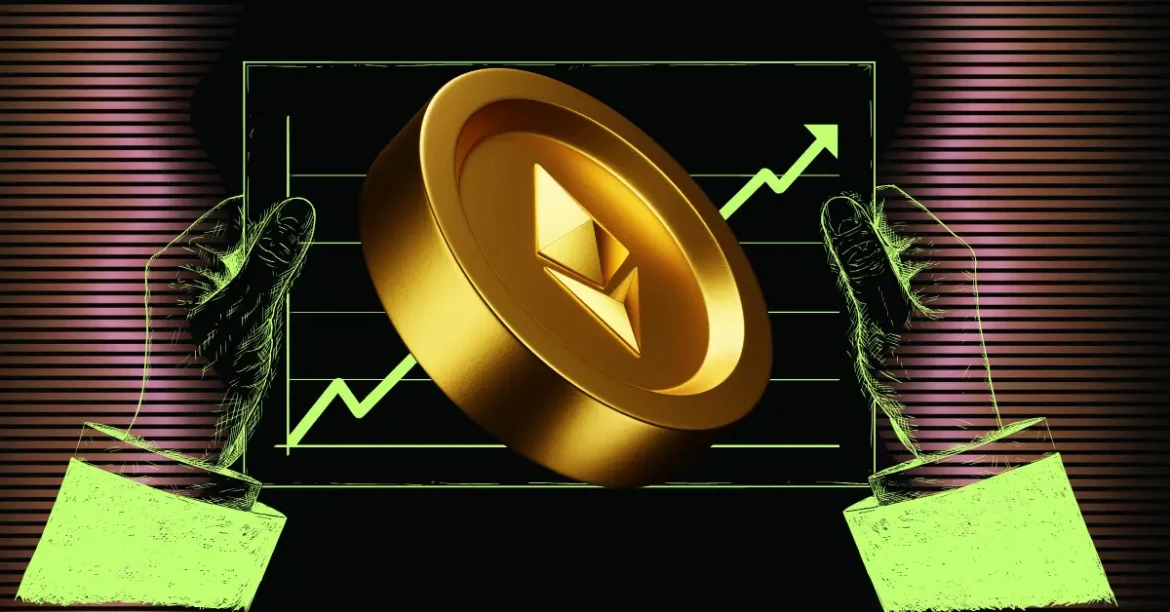Ethereum Exchange Supply at Decade Lows: Unpacking the Implications
Ethereum (ETH) has been a stalwart of the cryptocurrency space for over a decade, but recent data reveals an unprecedented shift in how its supply is distributed across exchanges. The percentage of Ethereum held on crypto exchanges has plunged to historic lows, hitting roughly 4.9% to 7.4% of total circulating supply—the lowest level seen since 2015. This substantial reduction in exchange-held ETH has stirred intense discussion about its causes, effects, and what it might mean for Ethereum’s price trajectory and the broader market dynamics.
—
The Current Landscape: A Dramatic Dry Up of Exchange Supply
Multiple analytic sources, including Santiment and CryptoRank, agree that Ethereum’s supply on centralized exchanges (CEXs) has dropped significantly over recent months. From November 2015 levels—when Ethereum was trading below $10 per token—to now, the amount of ETH ready for immediate trading on these platforms has dwindled to an all-time low. Currently, approximately 8.97 million ETH (about 6%-7% of the supply) resides on exchanges, compared to a circulating supply nearing 121 million coins. Notably, withdrawal rates have surged with over 1 million ETH leaving exchanges in just 30 days, marking the most considerable outflow since 2021.
—
Why the Shrinking Exchange Supply?
1. Rise of DeFi and Staking Mechanisms
The booming decentralized finance (DeFi) sector and Ethereum 2.0 staking initiatives have absorbed large quantities of ETH, locking it away from the liquid market. Users increasingly transfer ETH off centralized exchanges into protocols and staking contracts to earn yield or participate in DeFi services. This removes supply from immediate trading pools, reducing available liquidity.
2. Shift to Cold Wallets and Long-Term Holding
The trend points to holders increasingly moving ETH into personal, secure wallets (“cold wallets”), reflecting a long-term holding (HODLing) mentality. Investors might be anticipating future appreciation or positioning themselves against market volatility. This behavior compounds the scarcity on exchanges, signaling confidence or cautiousness depending on investor perspective.
3. Institutional and Retail Behavior
Institutional investors show growing interest in Ethereum as a core asset, often preferring custodied, off-exchange holdings. Retail traders, likewise, have reduced their active trading volume or moved funds to staking and DeFi strategies. This collective action decreases circulating ETH in the exchange ecosystem.
—
Market Ramifications: Scarcity Meets Price Dynamics
A reduced supply on exchanges typically signals diminished selling pressure. Less ETH available to trade means buyers must compete for fewer freely circulating tokens, potentially creating a “supply shock.” Historical anecdotes, such as the 2016-2017 bull cycle, show that dwindling exchange inventories often preceded sharp price appreciation—in that cycle, ETH soared from under $10 to over $1,400.
However, The Paradox of Price Movement
Despite this reduction in exchange supply, Ethereum’s price struggles have been notable, experiencing drawdowns of up to 45% from December highs and hovering in ranges around $2,200 to $2,800. This counterintuitive movement suggests other pressures are at play:
– Macroeconomic Headwinds: Broader economic challenges and risk asset aversion dampen speculative enthusiasm.
– Market Sentiment and Volatility: Significant profit-taking and short-term sell signals (e.g., TD Sequential indicators) temporarily temper price gains.
– Demand Fluctuations: While supply is constrained, demand has not increased proportionally enough, blunting immediate price surge potential.
—
The Role of Trading Leverage and Speculation
Interestingly, some data points to increased leverage usage on exchanges despite the low supply, implying traders are still willing to take larger positions on ETH irrespective of reduced liquidity. This mixture of leveraged trading and reduced supply could heighten volatility and potentially prime the market for sharp corrections or breakouts depending on demand patterns.
—
Future Scenarios and Strategic Considerations
Supply Shock and Bull Run Possibility
If demand reignites—driven by renewed speculative interest, institutional inflows, or broader crypto market recovery—a supply shock could materialize. The constrained supply on exchanges means price appreciation might be accelerated as buyers compete in a squeezed market environment.
Prolonged Bearish or Sideways Trend
Conversely, if demand remains tepid or declines, supply scarcity alone will not rescue ETH prices. Ongoing macroeconomic pressures and profit-taking could keep Ethereum in a downward or consolidated phase despite the underlying supply dynamics.
Impact of Ethereum Upgrades and Ecosystem Developments
Upcoming network enhancements, including scaling solutions and new staking incentives, may further lock ETH away from active trading, accentuating the supply scarcity phenomenon. These developments might also improve investor sentiment in the medium to long run.
—
Conclusion: A Defining Moment for Ethereum’s Market Dynamics
Ethereum’s exchange supply has reached a profound low not seen in a decade, reflecting fundamental shifts in investor behavior, network utilization, and market structure. While reduced availability on exchanges often heralds bullish price action due to scarcity-driven demand pressure, the current landscape reveals a more nuanced picture marked by price volatility and external economic factors.
This evolving dynamic positions Ethereum at a critical juncture: it may either capitalize on its tightened supply to spark a significant breakout or face extended price headwinds if demand fails to keep pace. For investors and observers alike, the interplay between exchange supply, demand momentum, and broader market conditions will dictate Ethereum’s trajectory in the months ahead.
Understanding these factors can help stakeholders navigate upcoming opportunities and risks in one of crypto’s most pivotal ecosystems.





